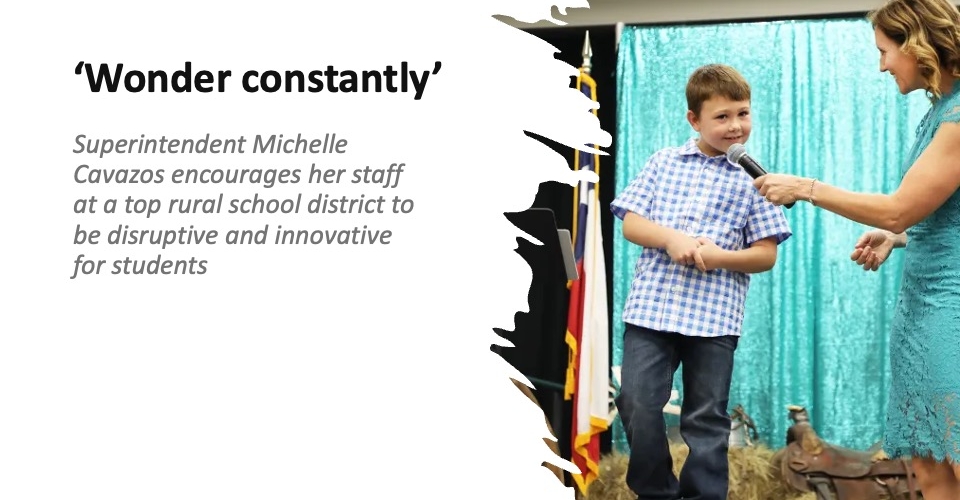K12 leaders looking to better connect with their parents, families and communities should think of their outreach efforts as a balance between one-way notifications and two-way communications.
The first prong covers alerts that keep families informed about what’s going on in schools, and these should be translated into as many languages as possible because these notifications are the “building blocks” of strong relationships, says Kara Stern, a former principal and teacher who is now head of education solutions for SchoolStatus, a communications platform. “If families don’t know what’s going on at school, there’s no way they’ll trust the adults there,” Stern asserts.
Those communications can then branch into two-way exchanges in which administrators and teachers ask parents for their feedback and come up with ways to better serve students, among other discussions. Research has even shown that students get better grades, have better attendance and are more likely to graduate high school when their teachers communicate regularly with parents and families, she notes.
“You have to know families’ hopes and dreams for their children,” Stern adds. “When you need to have a conversation, whether it’s positive or to discuss something that’s challenging, you’re not some stranger reaching out—there’s already a connection to what’s happening in the building or in the classrooms.”
To get a better idea of why some families remained disengaged, districts can dive into the data provided by digital communications platforms. Teachers and others can then reach out more directly, by phone and text, to ask these families how they would like to be kept in the loop. Some principals even use incentives, such as hiding clues in weekly newsletters and offering students rewards when families figure out the puzzle.
Administrators should also keep in mind that just because some families can’t attend school activities, it doesn’t mean they don’t care about how their children are faring. They may have other obligations, such as multiple jobs. In such cases, educators can livestream events, take videos, share photos and suggest questions parents can ask their children about the events.
5 keys to family engagement
Administrators should also be rethinking traditional events, such as open houses, with an eye toward increasing family participation. Rather than having families visit each teacher’s classroom for a short rundown on rules and curriculum, schools can organize hands-on activities that allow parents to help teachers understand how students learn best, adds Lauren Wells, who has researched family engagement as the manager of professional learning development at the testing nonprofit NWEA.
Dwindling districts? Why leaders are now closing dozens of schools
For instance, on Math Night, students can show their parents how to solve problems the teachers have assigned in class. “Parents will feel like you’re really thinking about their student,” Wells points out. “If that becomes part of the school culture, you will start to see more engagement.”
Wells shares the following five steps to strengthening family engagement:
- Relationship building: Aim for proactive communication that builds trust and supports ongoing interactions. How? Organize informal visits with families before the school year and commit to making early positive phone calls focused on learning about parents and their students.
- Connect learning and development: Pairing engagement with learning and development supports student achievement, especially when educators help families develop knowledge and skills alongside their children. How? Provide resources that show parents and guardians how to teach their kids strategies for solving math problems or improving reading. Share conversation prompts in weekly emails and newsletters to support families in talking to their students about homework and other home-learning activities.
- Asset-based family engagement: Recognize that families have strengths, skills and resources that support students’ learning and school improvement. Encourage parents and guardians to both recognize and leverage those. How? Invite family members to visit their child’s classroom and share a story about their lived experience.
- Be culturally responsive and respectful: Respect the family’s values, cultures, languages and heritages when identifying and recognizing different types of engagement that will appeal to all families. How? Provide families with a range of communication channels—in their preferred language—from email and social media to phone calls and more. Show interest in learning how to pronounce and spell names, and support your teachers in doing the same.
- Foster collaboration: Working together strengthens the positive community-building experiences among educators, families, and communities. How? When asking families to participate, consider reaching out to them in different ways: (1) weekly emails; (2) social media posts; (3) text messages; and (4) take-home flyers.









